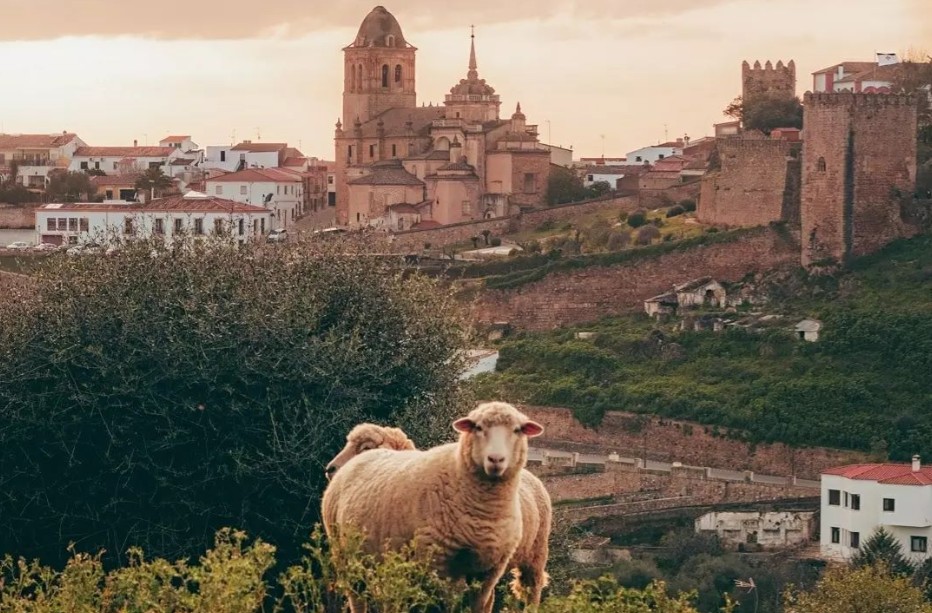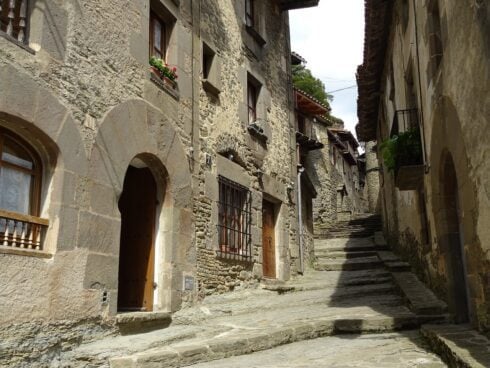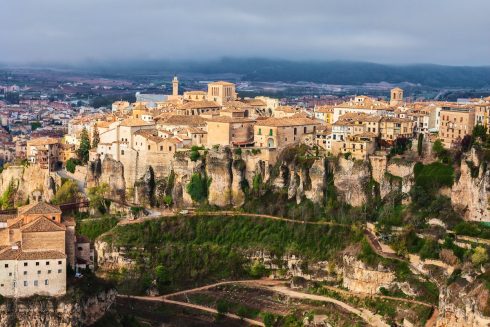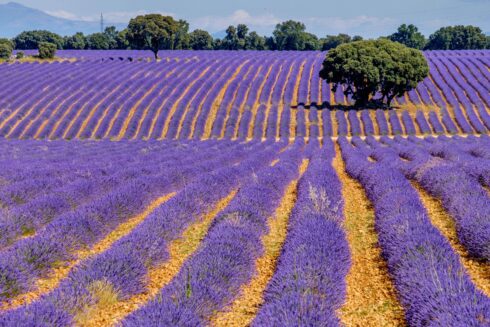WHEN it comes to tourism, Extremadura is off the beaten track.
Few of the 80 million foreign visitors who visited Spain annually in pre-Covid times would venture to the region, for the lack of beaches or easy road and rail connections make it tough to compete with the more accessible and obvious tourist attractions of Mediterranean coastal resorts.
For many in Madrid or further afield it remains a region one drives through on the way to Portugal.
But those who do make the effort to visit, the rewards are great.
Here’s a look at the top ten highlights that should inspire you to explore Extremadura.
Roman ruins
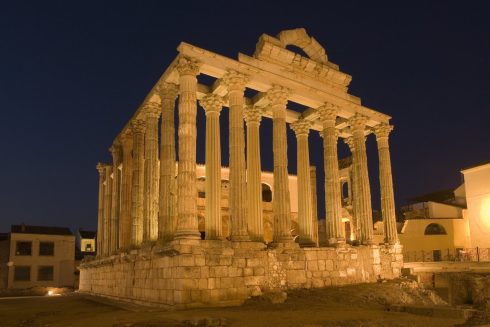
The city of Merida boasts the best-preserved Roman ruins outside Italy, and without the crowds.
Founded in 25BC Augusta Emerita as it was then known, served as the capital of Rome’s westernmost province, Lusitania.
Today a modern city stands where Romans once walked, architecturally unremarkable except for the very notable fact that Roman ruins are everywhere. A bridge stretches across the Guadiana river, it’s 60 pristine stone arches making it the longest Roman bridge on the peninsula.
Every July, it hosts the international festival of classical drama with evening performances in the Roman Theatre. Alongside you’ll find a Roman Amphitheatre, which thankfully no longer hosts the gladiatorial spectacles of ancient Rome but nonetheless is an awe-inspiring space.
The city is also home to a spectacular museum, full of the treasures discovered as the town developed, from a head of Agustus discovered in renovations of a local pharmacy to mosaics found within the walls of a ham factory.
READ MORE: All roads lead to Rome in Merida, one of Spain’s best kept travel secrets
Caceres
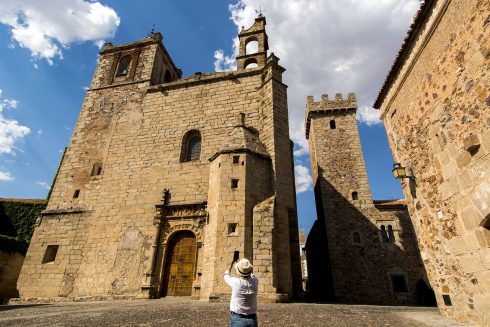
A Unesco world heritage site and one of the most perfectly preserved Medieval walled cities in Spain, this has long been a destination for foodies thanks in part to the two Michelin starred restaurant Atrio.
But for those who don’t want to fork out some €200 on the tasting menu, you can still eat extraordinarily well in this provincial capital.
The city is full of a new-wave of taperías offering dishes of locally grown produce to accompany the wine produced at wineries across the region.
The new Contemporary Art Museum housing the Helga de Alvear collection, promises to transform the city into a destination for art modern art lovers too.
The food

The economy of Extremadura is still mainly agricultural which bodes very well for those who expect to eat well on their travels.
The region’s dehesa – rolling hills of holm oaks – are home to Iberian pigs, fattening up on acorns. This means some of the finest jamon is produced here but you’ll also find local Montanchez ham and patatera sausage as well as other charcuterie delights and pork cuts flavoured with the local pimenton.
In fact you’ll find Pimentón de la Vera, a paprika-like spice made of ground, dried peppers, as an ingredient in many dishes and if you head to the hills of Jaraiz de la Vera you will find a museum dedicated to it.
Seek out locally foraged funghi and wild asparagus and try the region’s signature dish migas extremeñas, a deliciously simple dish of fried breadcrumbs, garlic and peppers that is the ultimate peasant food.
Don’t miss the wonderfully gooey sheep’s cheese Torta del Casar, its divine creaminess scooped out of its shell (pictured above).
Plus the region is home to one of the only ethical fois gras producers in the world.
The wine
Few know that Extremadura is Spain’s fourth largest wine producing region, which makes it a very exciting place for wine lovers with lots of smaller producers to be discovered.
Wine tourism is growing here and it is now possible to visit bodegas for wine tasting.
Look out for Bodegas Habla outside Trujillo where you will find two fabulous wines making a name for themselves. Habla de la Tierra and Habla del Silencio.
Trujillo
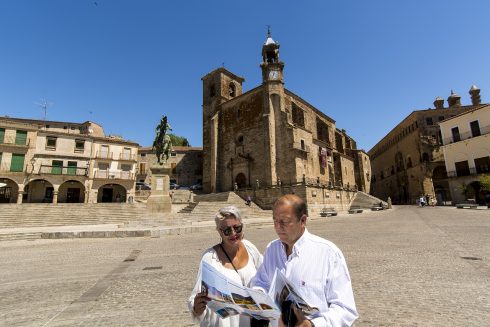
A perfect medieval city perched on a hill, Trujillo prospered with the return of conquistadores who returned to their birthplace and lavished riches from the new world in elaborate palaces dotted around a grand square.
At its centre you’ll find an impressive statue of one the most famous conquistadors of all – Francisco Pizarro, the conqueror of Peru. In fact rumour has it, the statue was designed by a New York sculptor to depict Hernan Cortes as a gift to Mexico, who not surprisingly declined it. So it was refashioned as Pizarro and now stands proudly in his hometown.
Guadalupe
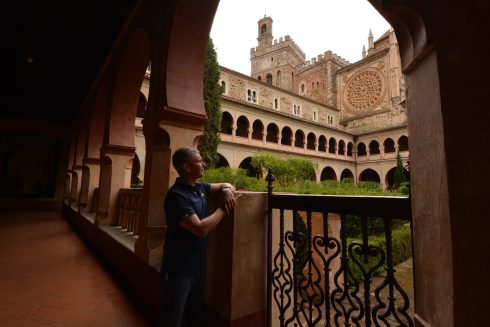
This pretty hilltop town flourished around the Royal Monastery of Santa María de Guadalupe, a pilgrimage site that brought Christopher Columbus here to give thanks on his return for discovering the new world.
The Monastery is open to the public who come to marvel at its huge Mudejar cloister and a three-story Gothic cloister and stroll through the beautiful gardens
It is also home to one of Spain’s finest paradors.
Birding in Monfragüe
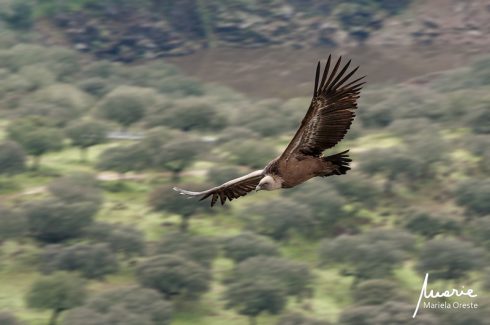
The national park of Monfragüe is a jewel in Spain, a mecca for nature lovers and birdwatchers who come from all across Spain and beyond to seek out rare species.
The towering cliffs of Monfragüe are home to Europe’s largest population of Black vultures as well as resident Griffon vultures and visiting Egyptian vultures.
Rare Black storks come here to build their nests in the craggy cliffs above the turquoise waters and there is a resident population of Imperial Eagles and Eagle Owls.
In the pastures surrounding the park, birders come from all over Europe to tick off a sighting of the Great Bustard.
Zafra
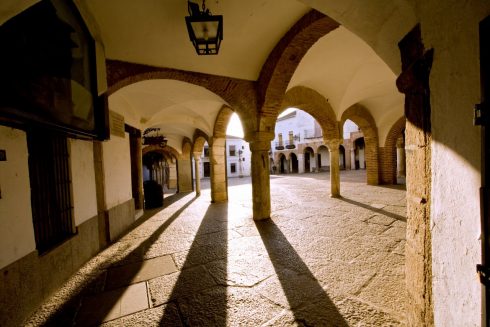
Known as ‘the little Sevilla,’ Zafra is a great small town to wander around for an afternoon. Dominated by a 15th-century fortress, that starred as a location in Game of Thrones, the town has all the appearance of a whitewashed Andalucian pueb
lo blanco with narrow cobbled streets and traditional houses.
Almond blossom
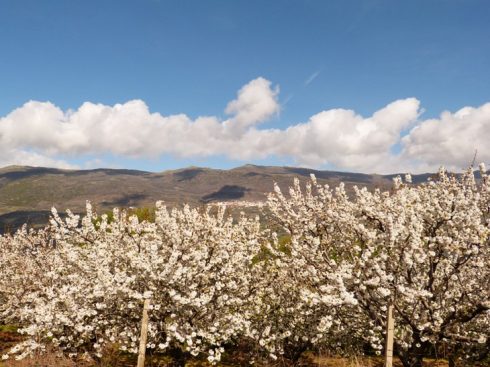
Spring is the time to pay a visit to the Jerte valley, an area of 70 square kilometres that is planted with over 1.5million cherry trees. In fact, Valle del Jerte is the largest uninterrupted area in Europe covered with cherry trees and the best time to catch the blossom in its full glory is for a few short weeks, usually beginning from the middle towards the end of March. Locals will tell you that autumn is in fact the best time to visit.
Few tourists
The final reason to visit Extremadura is to discover it before everyone else does!
With so few tourists and only truly discerning ones making the effort, you’ll be welcomed by locals who do their utmost to ensure you’ll love their land as much as they do.
Great food, wonderful nature, fascinating history. What more could you want?
READ ALSO:
- All roads lead to Rome in Merida, one of Spain’s best kept travel secrets
- New gallery puts Caceres on the map as a destination for modern art lovers as well as foodies in Extremadura
Click here to read more News from The Olive Press.

